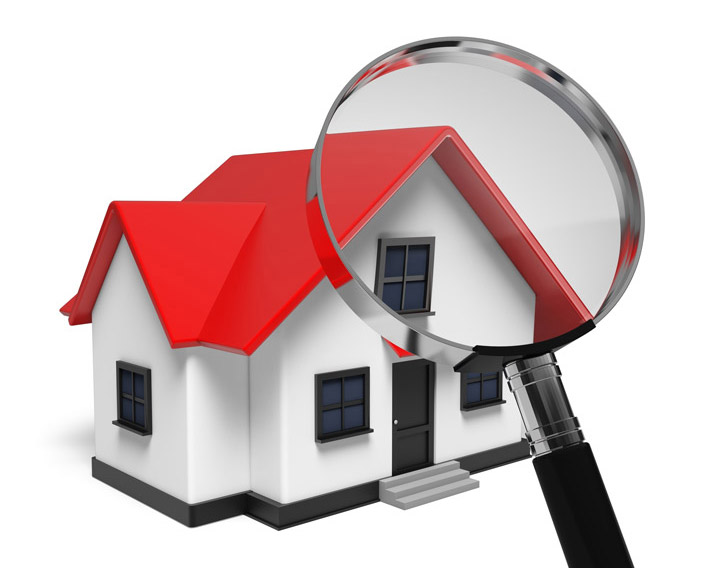
What Are the Components of an Appraisal?Getting real estate is the most serious financial decision most could ever encounter. It doesn't matter if where you raise your family, a second vacation property or an investment, purchasing real property is a complex transaction that requires multiple parties to pull it all off. The majority of the participants are very familiar. The real estate agent is the most known person in the exchange. Next, the mortgage company provides the financial capital needed to bankroll the transaction. The title company makes sure that all details of the transaction are completed and that a clear title passes from the seller to the buyer. So, who's responsible for making sure the real estate is worth the amount being paid? This is where the appraiser comes in. We provide an unbiased estimate of what a buyer could expect to pay — or a seller receive — for a property, where both buyer and seller are informed parties. A licensed, certified, professional appraiser from Crick Appraising will ensure, you as an interested party, are informed. The inspection is where an appraisal beginsOur first responsibility at Crick Appraising is to inspect the property to determine its true status. We must see aspects of the property hands on, such as the number of bedrooms and bathrooms, the location, and so on, to ensure they really are there and are in the condition a reasonable person would expect them to be. To ensure the stated square footage has not been misrepresented and illustrate the layout of the property, the inspection often entails creating a sketch of the floorplan. Most importantly, we look for any obvious features - or defects - that would affect the value of the house. Back at the office, an appraiser uses two or three approaches to determining the value of the property: a sales comparison, a replacement cost calculation, and an income approach when rental properties are prevalent. 
Cost ApproachHere, we gather information on local construction costs, labor rates and other elements to figure out how much it would cost to replace the property being appraised. This estimate often sets the upper limit on what a property would sell for. The cost approach is also the least used predictor of value. 
Paired Sales AnalysisAppraisers get to know the subdivisions in which they appraise. They thoroughly understand the value of particular features to the residents of that area. Then, the appraiser looks up recent transactions in close proximity to the subject and finds properties which are 'comparable' to the property in question. By assigning a dollar value to certain items such as fireplaces, room layout, appliance upgrades, extra bathrooms or bedrooms, or quality of construction, we adjust the comparable properties so that they are more accurately in line with the features of subject.
A valid estimate of what the subject might sell for can only be determined once all differences between the comps and the subject have been evaluated. When it comes to putting a value on features of homes in Indianapolis and Marion, Crick Appraising can't be beat. This approach to value is typically given the most importance when an appraisal is for a home exchange. Valuation Using the Income ApproachIn the case of income producing properties - rental houses for example - we may use an additional approach to value. In this scenario, the amount of revenue the property generates is factored in with other rents in the area for comparable properties to derive the current value. Arriving at a Value ConclusionCombining information from all approaches, the appraiser is then ready to document an estimated market value for the property at hand. Note: While this amount is probably the best indication of what a property is worth, it probably will not be the price at which the property closes. Depending on the specific circumstances of the buyer or seller, their level of urgency or a buyer's desire for that exact property, the closing price of a home can always be driven up or down.Regardless, the appraised value is often employed as a guideline for lenders who don't want to loan a buyer more money than they could get back in the event they had to sell the property again. At the end of the day, an appraiser from Crick Appraising will help you get the most fair and balanced property value, so you can make wise real estate decisions. |